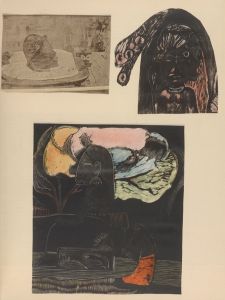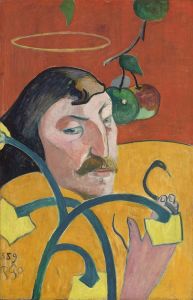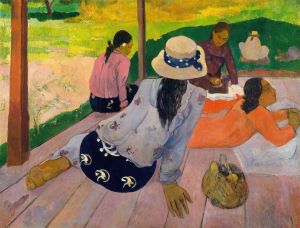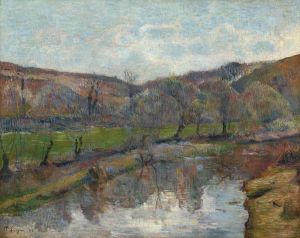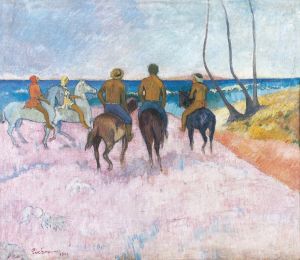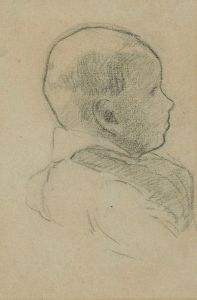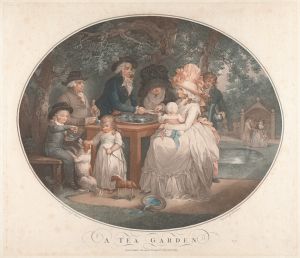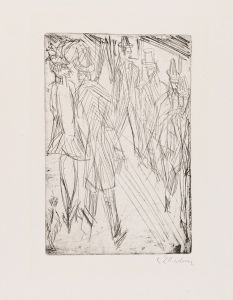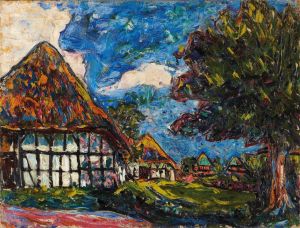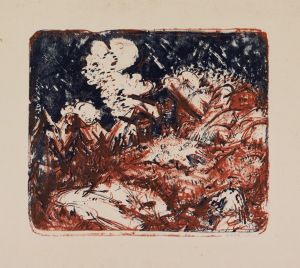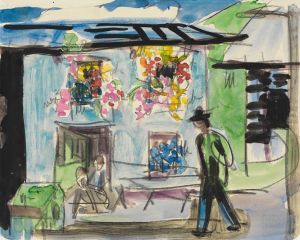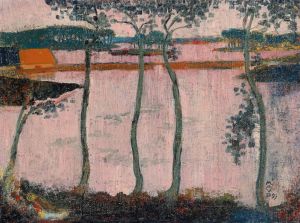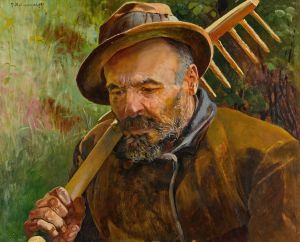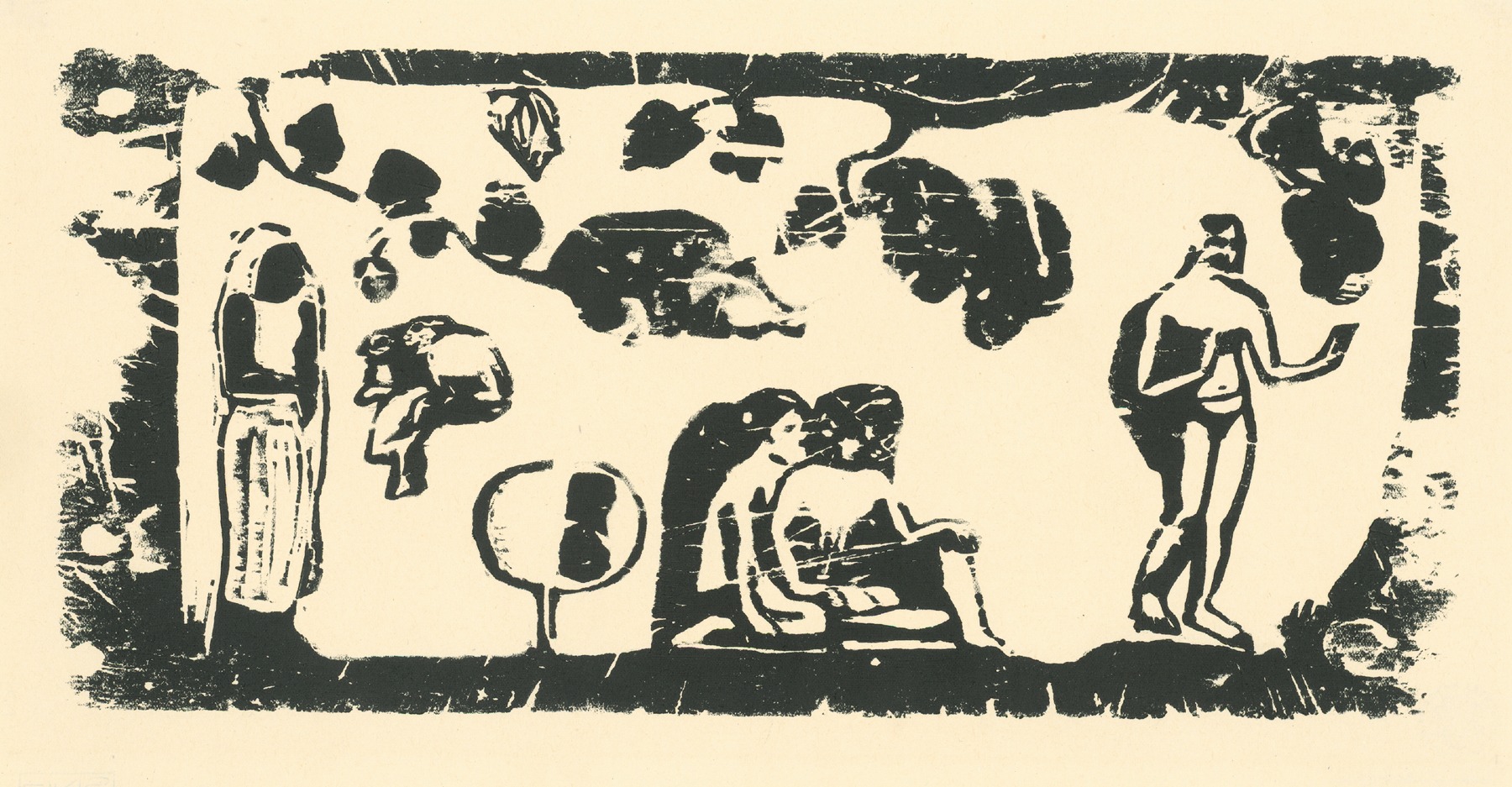
Paradise
A hand-painted replica of Paul Gauguin’s masterpiece Paradise, meticulously crafted by professional artists to capture the true essence of the original. Each piece is created with museum-quality canvas and rare mineral pigments, carefully painted by experienced artists with delicate brushstrokes and rich, layered colors to perfectly recreate the texture of the original artwork. Unlike machine-printed reproductions, this hand-painted version brings the painting to life, infused with the artist’s emotions and skill in every stroke. Whether for personal collection or home decoration, it instantly elevates the artistic atmosphere of any space.
"Paradise" is a painting created by the French post-impressionist artist Paul Gauguin. Gauguin, born in 1848, is renowned for his bold use of color and synthetist style that were distinctly different from the impressionist movement that preceded him. His works often reflect his quest for an unspoiled, idyllic world, which he sought in various locations, including Tahiti and the Marquesas Islands.
The painting "Paradise" was completed in 1898 during Gauguin's second stay in Tahiti. This period was marked by his deep immersion in the local culture and his desire to escape the industrialized world of Europe. Gauguin's Tahitian works are characterized by their vibrant colors, exotic subject matter, and a sense of mysticism and spirituality.
"Paradise" depicts a lush, tropical landscape, which is a recurring theme in Gauguin's Tahitian paintings. The composition is filled with rich, saturated colors that convey the warmth and vibrancy of the island environment. Gauguin's use of color is not merely representational but also symbolic, aiming to evoke an emotional response from the viewer.
In the painting, Gauguin often included figures that reflect the native Tahitian people, portrayed in a manner that emphasizes their connection to nature and their perceived innocence and purity. This idealized vision of Tahiti was part of Gauguin's broader critique of Western civilization and his romanticization of what he considered a more "primitive" and authentic way of life.
Gauguin's technique in "Paradise" involves broad, flat areas of color with minimal shading, a hallmark of his synthetist approach. This method was influenced by his interest in Japanese prints and the cloisonnism technique, which involves outlining areas of color with dark lines, similar to stained glass.
The painting also reflects Gauguin's interest in symbolism and mythology. He often incorporated elements from Tahitian mythology and his own invented symbols to create a sense of mystery and depth. This symbolic approach is evident in "Paradise," where the natural elements and figures may carry deeper meanings related to Gauguin's personal beliefs and experiences.
"Paradise" is part of Gauguin's broader body of work that has had a significant impact on modern art. His innovative use of color and form influenced many subsequent artists, including the Fauves and the German Expressionists. Gauguin's exploration of non-Western cultures and his challenge to traditional artistic conventions helped pave the way for the avant-garde movements of the 20th century.
Today, "Paradise" is recognized as an important work within Gauguin's oeuvre, exemplifying his unique artistic vision and his quest for a utopian world. The painting is held in various collections and continues to be studied and admired for its bold aesthetic and cultural significance.





